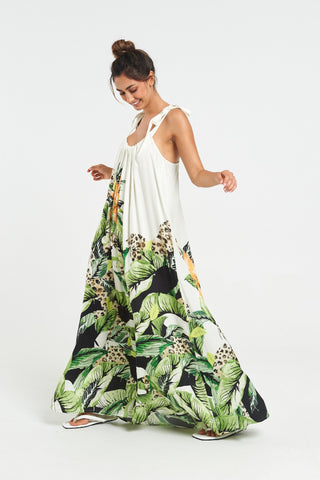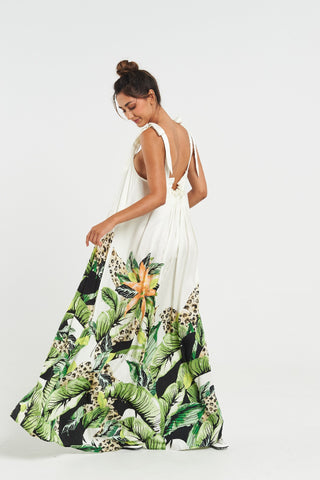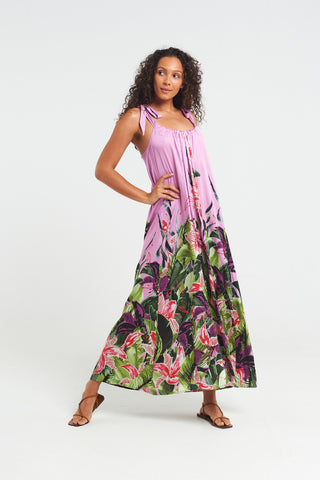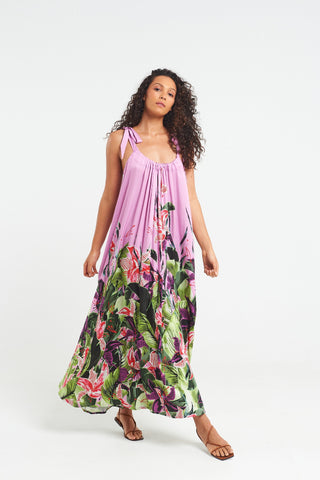LEATHER AND SUSTAINABILITY

The topic of leather and sustainability is one that always brings tons of controversy. From animal cruelty to toxic chemicals and green-house gas emissions, arguments have been made for and against the use of leather. Designers like Stella McCartney are going leather-free in their collections and brands like VEJA are working on traceability and chemical transparency, offering vegan alternatives as well.
Those who are in favor of using leather claim that this material is durable, natural and biodegradable, while some leather alternatives are synthetic and many times made of plastic. Also given the meat industry isn’t going anywhere in the near future, it can be argued that waste is used to produce leather.
Those claiming leather isn’t that sustainable at all, are arguing many times leather does not come from cared-for animals raised on responsibly-farmed lands, not to mention the amount of chemicals used in the process. In the production of leather cows and other animals are many times the subjects of cruel practices such as castration and branding, which is a technique for marking livestock so as to identify the owner. Also, in order to create leather, it has to be tanned so the hide doesn’t rot. The most common method is chrome tanning which is highly toxic on our ecosystem and human health. A better nontoxic option is vegetable tanning which is less common.
So while the leather industry works on creating a transparent supply chain and responsible best-practices to turn this material into a “slow fashion” sustainable choice, here are some non-plastic leather alternatives that are super interesting. Also, if you’re vegan or shop vegan-friendly these are great choices for you.
Piñatex ®
This material is born out of pineapple waste! It is 100% eco-friendly, vegan and ethical since it gives farmers another source of income out of their crops. In addition, it is watertight, durable and feels like cowhide leather.
MuSkin Mushroom Leather
This amazing new material comes from mushrooms. The material can be grown to a shape or size of any given design. Additionally, it is also biodegradable and eco-friendly and it can be waterproofed with a simple non-chemical process.
Waxed cotton
is a great substitute for leather, although it should be preferably organic cotton due to the amount of water and chemicals used in making conventional cotton garments. Brands like Marc Jacobs have used waxed cotton for its bags. The material is waterproof, pliable, easily washable, unlike leather.
Wine Leather
This kind of leather comes from the natural hues of wine which are blush, burgundy and bordeaux. The amazing aspect about the material is that it can be printed and look like real animal leather without harming the environment. It is said that this material will be available on larger scales. For example, H&M started an initiative of using vegan purses and shoes making a partnership with Vegea. Vegea is the company that started producing this innovative material.
Leaf Leather
This is an innovative plant-based leather alternative made from tree leaves. No animals are harmed in the process which is great, and a variety of leaves can be used from pineapple to banana leaves. Sustainably harvested Teak leaves are collected from fallen leaves, with no trees being harmed in the process either. The process of hand-crafting Teak leaf leather is traditionally from Thailand.














